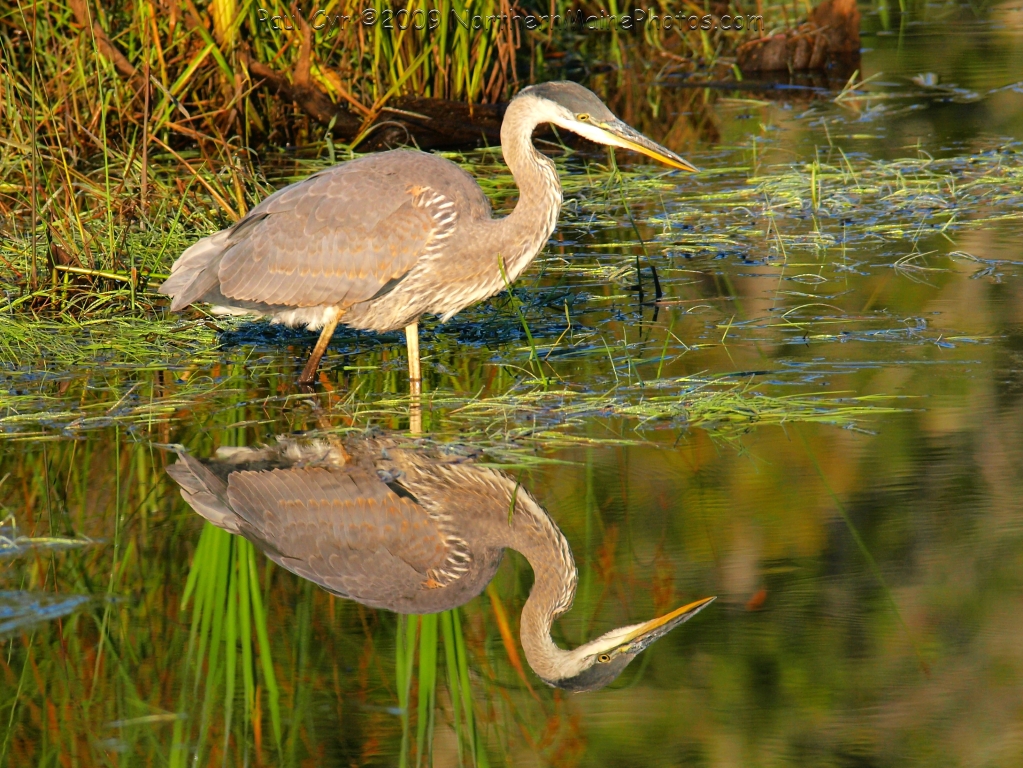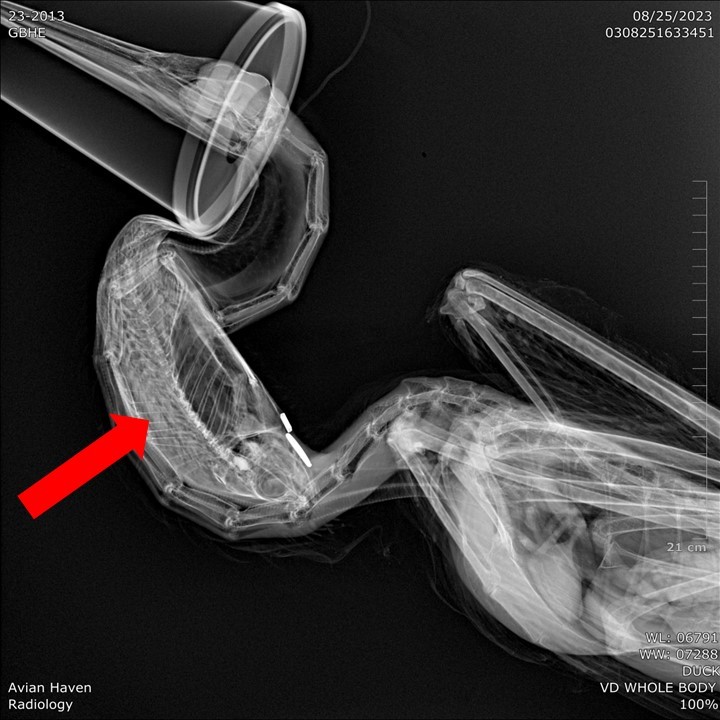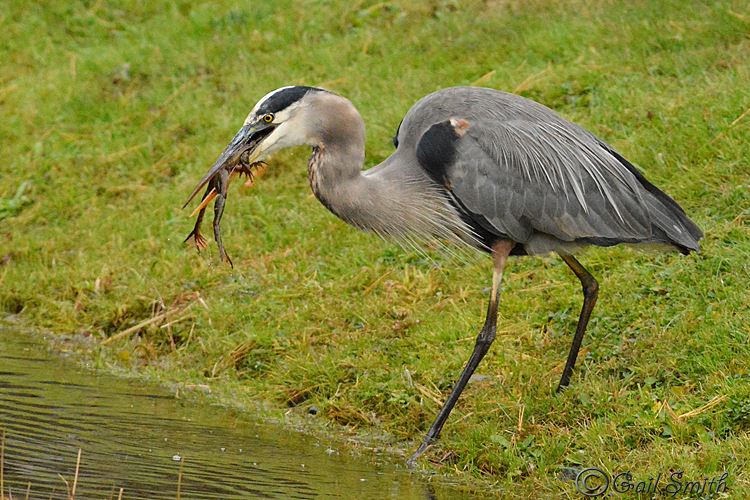ArrayFebruary 15, 2024 at 10:45 am

“You don’t know what you don’t know.” This phrase is behind so much of science. There are endless things to be discovered about our natural world. This is why we decided to take a closer look at over 20 great blue herons that made their way to a wildlife rehabilitation center, but unfortunately did not return to the wild. There are often obvious reasons why an animal dies – maybe it got hit by a car, attacked by a predator, or suffered from a visible illness. However, sometimes there are underlying conditions that predispose an animal to its unfortunate fate. Getting hit by a car can be avoided if an animal is savvy, quick, and knows not to linger near traffic, but what if it is starving, has an internal injury that is slowing it down, or has an illness that changes its behavior?
We wanted to determine if these herons were suffering from other health conditions that ultimately led to their death, so we convened a group of highly skilled wildlife veterinarians, pathologists, and biologists to necropsy the birds. A necropsy is an autopsy performed on an animal to determine the cause of death. Generously hosted by the UMaine Cooperative Extension Veterinary Diagnostic Laboratory in Orono, we systematically evaluated their health by looking at their bones, organs, muscle mass, body fat, parasite loads, and anything else that may provide a clue as to why each bird died.
Only one of the twenty-three birds was an adult; all the others were juveniles hatched in spring 2023. Young birds generally have lower survival rates than adults due to lack of foraging and survival skills. Many had severe injuries caused by trauma, likely car strikes. Many were emaciated and had high parasite loads. We still wondered if there could be other reasons for their deaths. We took tissue samples to look for disease, damage, or abnormalities, and to test for Highly Pathogenic Avian Influenza, West Nile Virus, and Eastern Equine Encephalitis – diseases that are present in some Maine bird populations, and which might predispose infected birds to other threats.
Bird necropsies aren’t all about death – they are also a unique opportunity to hold, observe, and learn about an animal that is otherwise only seen from a distance. I marvel at their anatomy, feather patterns, and even what they had for lunch! One heron had died with a fully intact small-mouth bass in its throat. Other dinner items found included a green frog, dragonfly, crayfish, and several small rodents!

It will take some time to get test results back, but even if there is nothing out of the ordinary behind why these birds expired, the more we conduct these mini-investigations, the closer we come to knowing what we don’t know.

If you find a sick or injured bird, please contact your nearest wildlife rehabilitator.